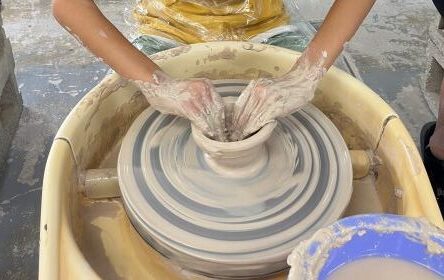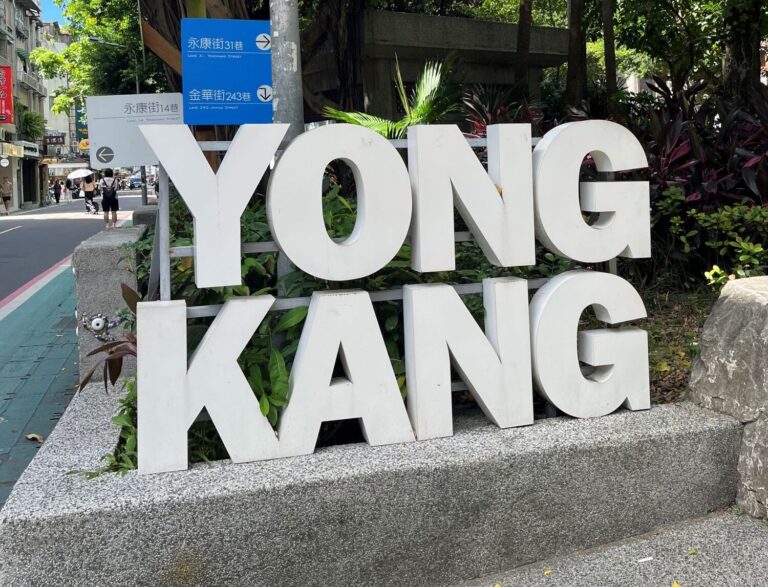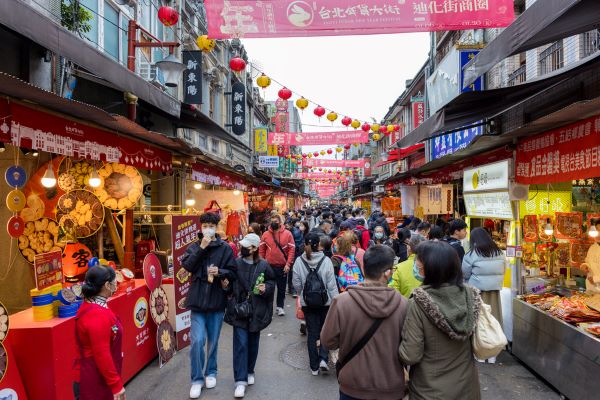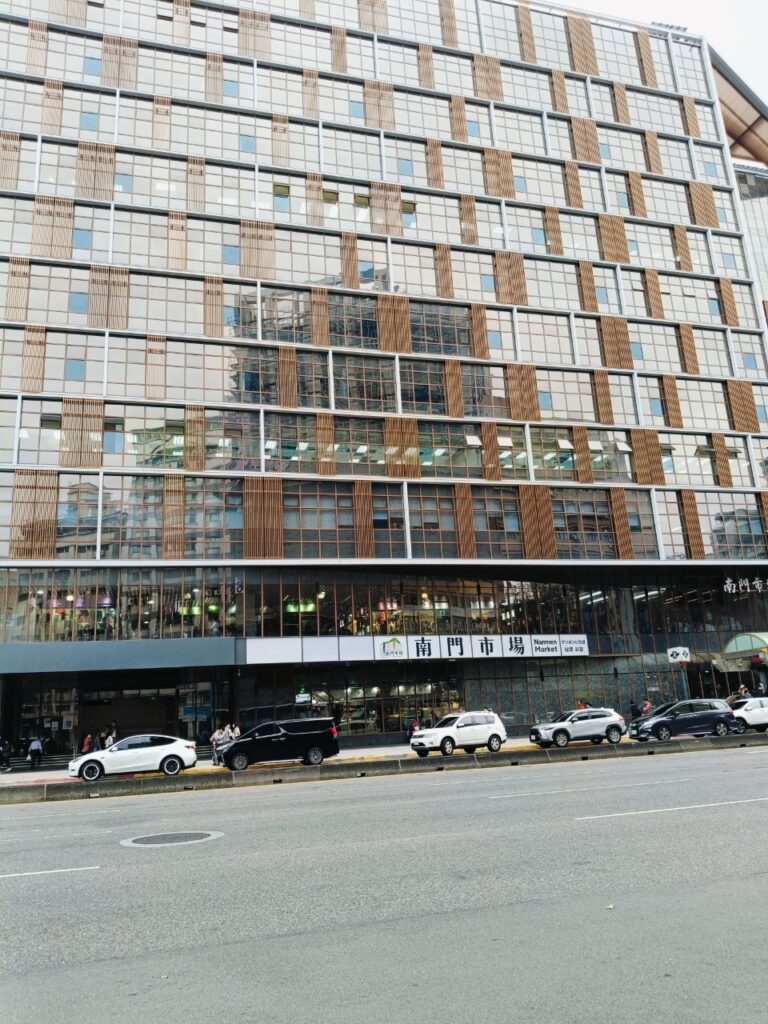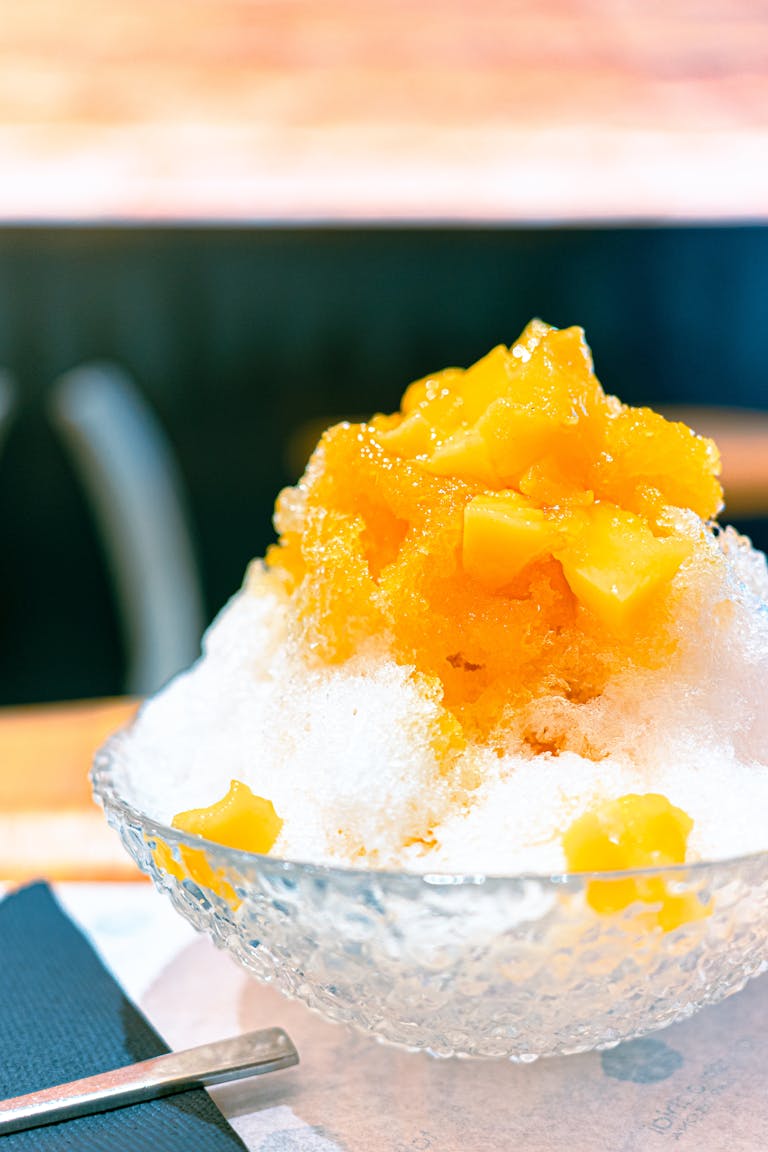The National Palace Museum: A Must-Visit Destination in Taipei (故宮博物院)

The National Palace Museum in Taipei (國立故宮博物院) is home to the world’s largest collections of Chinese art and imperial treasures. If you’re visiting Taipei and interested in learning Chinese history, this guide will help you plan the perfect visit.
In this post, I’ll walk you through everything you need to know before you go, including how to get there, which artifacts you shouldn’t miss, and insider tips to make your visit smoother.
Let’s dive in.
Why Are These Artifacts in Taiwan, Not Beijing?
You might wonder why these imperial artifacts are here in Taiwan, instead of in Beijing.
The reason goes back to the 1940s. During the Chinese Civil War, the valuable items from the Palace Museum in Beijing were carefully packed and moved to Taiwan for safekeeping.
The National Palace Museum in Taipei was officially established in 1965 to house and protect these pieces.
Today, when you visit the Forbidden City in Beijing, you’ll admire its grand architecture. But to see the Chinese treasures, you must visit the National Palace Museum in Taipei.
My Personal Experiences And Impression Of The National Palace Museum
Since my junior high school was right next to the museum, I passed by it countless times on my bus rides to and from school as a teenager. I still have vivid memories of sitting on the bus, looking out the window at the grand building with its green-tiled roof nestled in the foothills.
Over the years, I’ve visited the museum multiple times: on school field trips, when friends from abroad came to visit, and most recently with my son, who was 8 at that time.
During my most recent visit in 2023, I noticed some transformation to the museum.
The museum now has a more modern and inviting atmosphere. It incorporates technology through interactive displays and is curated with a more updated mindset. The children’s gallery is a great space for kids to learn about the treasures in a fun and hands-on way.
I also noticed many small, thoughtful touches throughout the museum that make the experience smoother and more enjoyable. It’s now a place the whole family can appreciate.
Getting To The National Palace Museum
The museum is located in Shilin District, about 30 minutes from central Taipei by car. While there is no MRT station nearby, you have a few options to get there:
By MRT + Bus
Take the MRT Red Line to Shilin Station (士林站 R16) or the Brown Line to Jiannan Road Station (劍南路站 BR15).
From either station, transfer to a bus heading to the National Palace Museum. Please refer to the info provided on the map below. The ride takes about 10 to 15 minutes. You can use Google Maps for real-time bus schedules.

By Taxi or Uber
A taxi from Taipei Main Station to the museum costs around NT$300 and takes about 20 to 30 minutes, depending on traffic.
If you’re coming from Shilin MRT Station, the ride is much shorter and costs around NT$100. Uber is also widely available in Taipei. I personally prefer Uber because I can see the fare and route in advance.
Hours, Tickets, and Multimedia Guides
The National Palace Museum is open daily from 9:00 AM to 5:00 PM.
General admission is NT$350, with student discounts available. There are plenty of self-service kiosks near the entrance where you can buy tickets, so the process is quick and easy.
If you want to learn more as you explore, you can rent a multimedia guide at the Audio Guide Counter. The adult version is available in multiple languages and costs NT$150. There’s also a version designed for kids aged 7 to 12, which costs NT$100. When I visited, the line for the guides was a bit long, but the staff were helpful and efficient, and it moved quickly.
Before entering the museum, you’ll go through a quick security check, so be prepared for that as well.

Navigate The Museum
With over 700,000 treasures in its collection, the museum rotates its exhibits regularly since it’s impossible to display everything at once.
If you want to come prepared and make your visit more efficient, I recommend checking the museum’s official website ahead of time. It’s a good way to get familiar with the collection and know what to look out for during your visit.
The website offers suggested themed routes, which are helpful if you want to focus on the most significant pieces in the collection. You can also find out what special exhibits are currently on view.
I highly recommend renting a multimedia guide. With so many artifacts on display, it can be hard to understand the full context just by reading the labels. The guide gives you background stories, historical details, and explanations that really help you appreciate what you’re looking at.
3 Must-See Treasures Of The Palace Museum (故宮三寶)
The following three pieces are often referred to as the “Three Treasures” (故宮三寶)of the museum and are a great starting point.
You’ll find clear signs pointing you to the galleries where each of the three treasures is displayed.
Please keep in mind that these pieces sometimes go on “business trips,” meaning they are loaned out for special exhibitions at museums around the world. Because of that, you might not be able to see all three during your visit.
Jadeite Cabbage (翠玉白菜):

This piece looks almost exactly like a real bok choy. It was carved from vibrant jadeite, with the white stalk and rich green leaves capturing the natural look of the vegetable.
Look closely and you’ll also spot two tiny insects resting on the leaves—a locust and a katydid, both traditional symbols of fertility and having many children.
Meat-shaped Stone (肉形石):

It was carved from jasper, and the artist skillfully used the stone’s natural layers to enhance the look.
Tiny holes were drilled into the surface to create a realistic pore-like texture and to help the material absorb dye. The top layer was then dyed a brownish-red color to mimic the appearance of pork skin marinated in soy sauce.
This one is my son’s favorite piece at the museum. He liked it so much that he picked out a fridge magnet of the meat-shaped stone replica from the gift shop.
Mao Gong Ding (毛公鼎):

This piece is an ancestral ritual vessel from over 2,800 years ago. Inside the bowl, there are 500 characters cast into the inner wall, making it the bronze vessel with the longest inscription from the Shang and Zhou dynasties.
The inscription tells how the Zhou king, soon after taking the throne, wanted to strengthen his rule. He asked his uncle, the Duke of Mao, to help manage all government affairs, and to do so with diligence and fairness. He also assigned members of the Mao family to serve as royal guards.
To commemorate this honor and pass it down to future generations, the Duke had this bronze vessel made.
My Personal Favorite
Beyond the museum’s three most famous pieces, there are many other treasures to discover.
With such a large collection, you will come across a wide range of artifacts including jade, bronze, ceramics, calligraphy, textiles, and more. Depending on your interests, some galleries may stand out more than others.
For me, the ivory carvings were the most memorable. I was amazed by the level of detail and how delicate the craftsmanship was.


Interactive Displays
Several famous paintings have been turned into digital displays. One of them showed a lively town scene through the seasons. I stood there watching as people moved through the streets, going about their daily lives. It was beautiful, detailed, and surprisingly fun to watch.
Another gallery used light, sound, and motion to turn a traditional landscape painting into an immersive experience. I saw my reflection inside the scenery, with the sounds of birds and rain around me. Even a breeze brushed against my skin. It truly felt like stepping into the painting.
Children’s Gallery
If you’re visiting with children, don’t miss the museum’s children’s gallery located on B1. It’s designed to be fun and educational, with hands-on activities and interactive displays that make art and history easier for kids to enjoy.
During our visit, my son joined one of the free guided sessions. He explored the space, learned about a few key artifacts, and then made a paper craft inspired by one of them. He had a great time, and it was a memorable part of our trip.
the Gift Shops
Before you leave, make sure to stop by the gift shop. It’s filled with well-designed souvenirs, many of them inspired by the museum’s most popular artifacts. There are magnets, notebooks, mugs, bookmarks, and books that go deeper into the stories behind the collection.
They also offer an online store. Here is a glimpse of what they have: National Palace Museum Online Store – Popular Items
Dining Options At The Museum


During our visit to the National Palace Museum, we had lunch at Sanxitang Space (三希堂), located on the 4th floor of the main building. This café offers a serene atmosphere with a selection of light meals, desserts, Taiwanese tea, and coffee.
In addition to Sanxitang Space, the museum offers two other dining options:
Silks Palace (故宮晶華): Located adjacent to the museum, Silks Palace is a fine dining restaurant that offers a unique culinary experience. The restaurant is renowned for its dishes inspired by the museum’s artifacts, such as the Jadeite Cabbage and Meat-shaped Stone. They offer a variety of Taiwanese and Cantonese dishes, as well as a 9-course Imperial Treasures tasting menu that artfully replicates some of the museum’s most famous pieces.
Xianjufu Café (閒居賦): Situated on the 1st floor east side of the main building, this café provides light meals, cakes, Taiwanese-style desserts, tea, coffee, and souvenirs. It’s an ideal place for a quick bite or a leisurely afternoon tea.
Final Thoughts
The National Palace Museum has come a long way from the serious and formal space I remembered from my school days. It now feels more welcoming and engaging, with interactive displays, immersive galleries, and activities that make the experience enjoyable for all kinds of visitors.
From my own experience, it’s a place that can spark curiosity in kids, impress adults with its depth, and leave a lasting impression on anyone who visits. If you’re spending time in Taipei and want to see some of the most important pieces of Chinese history and art, this museum is absolutely worth the visit.
